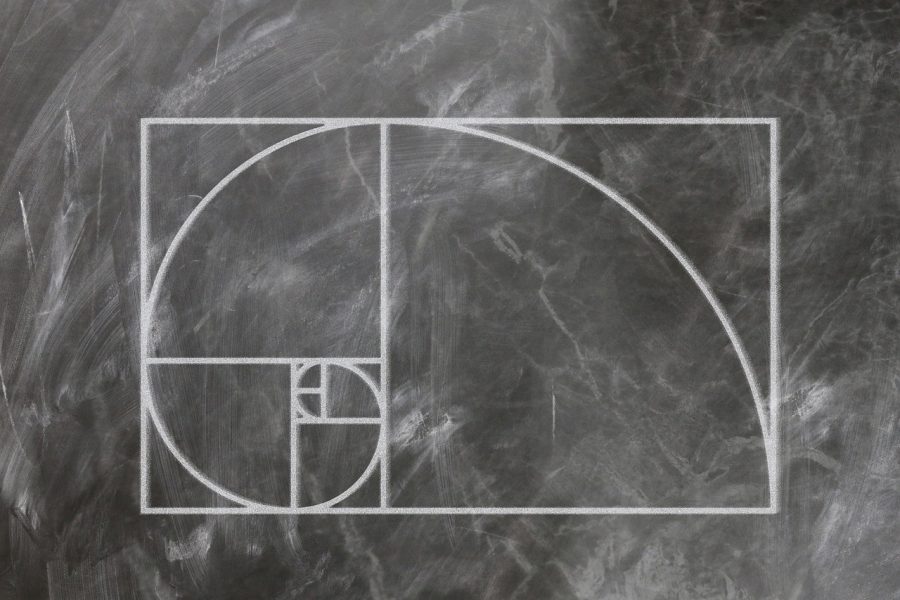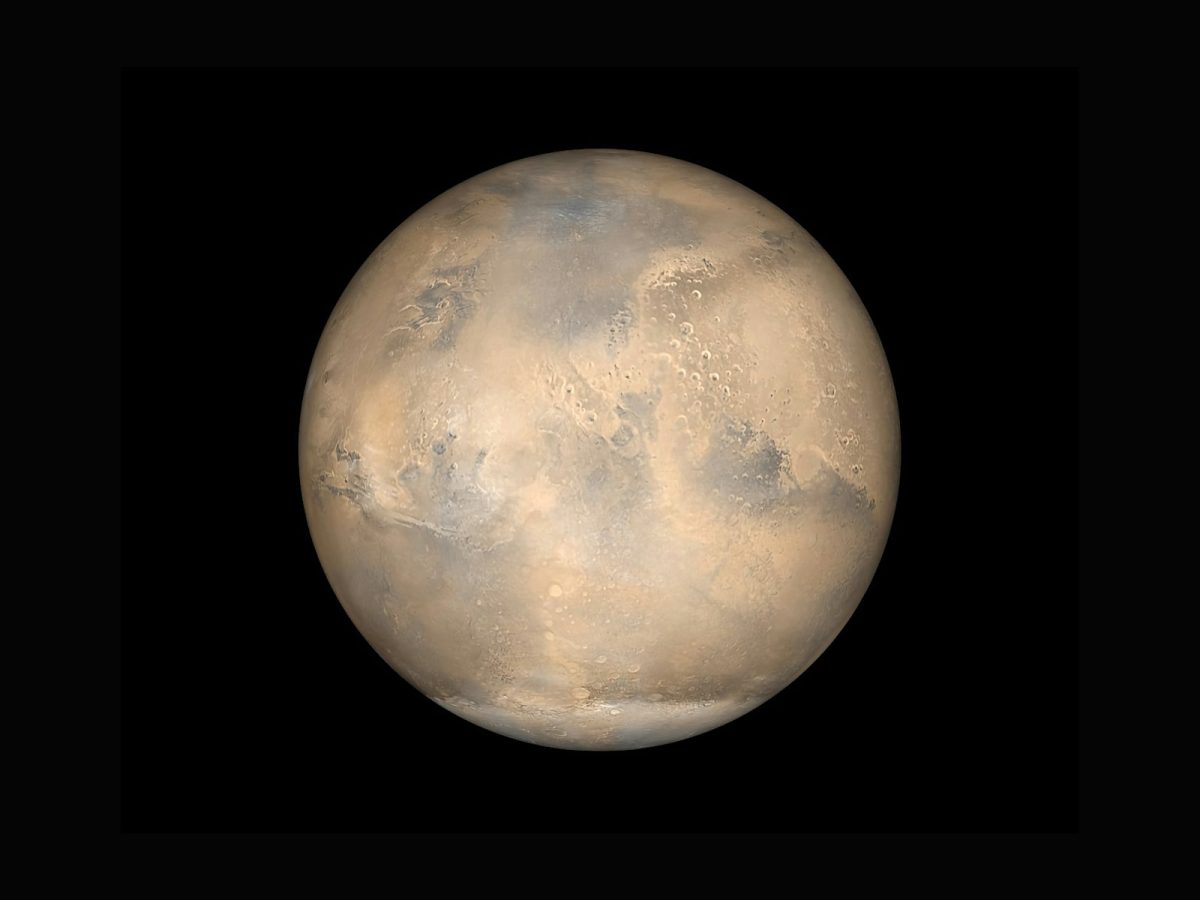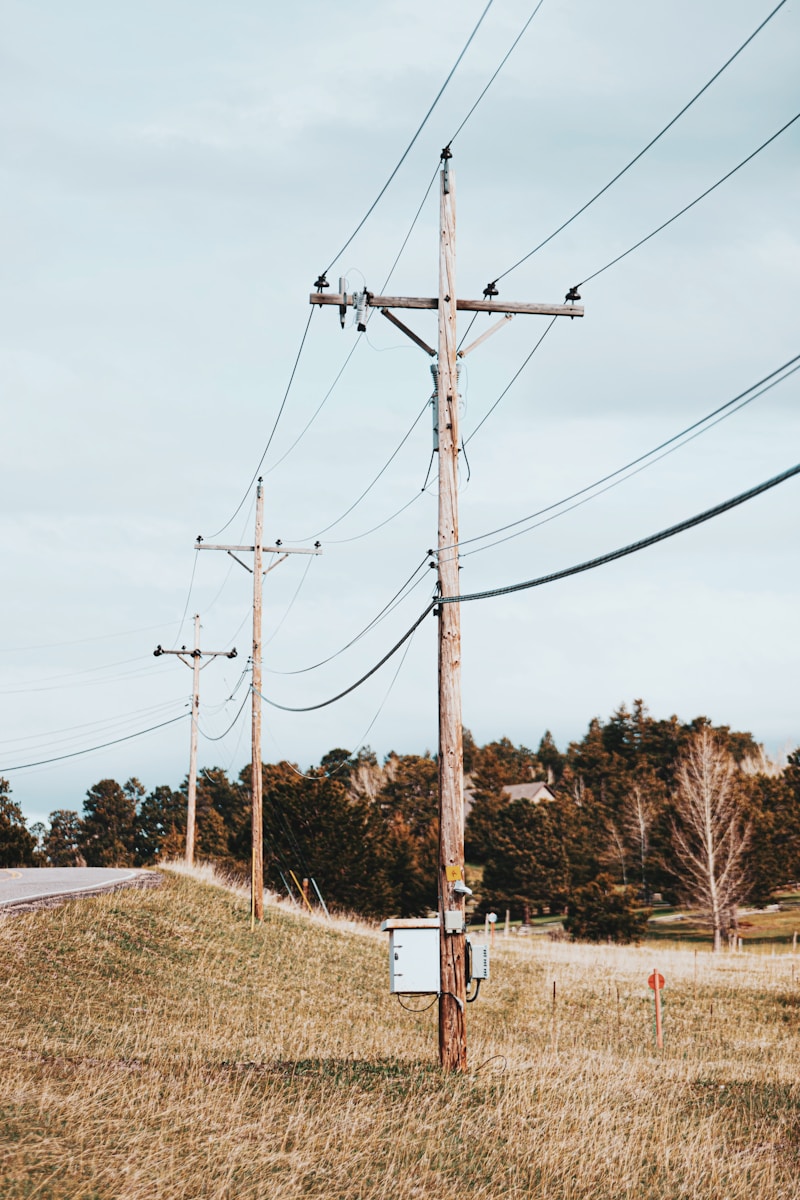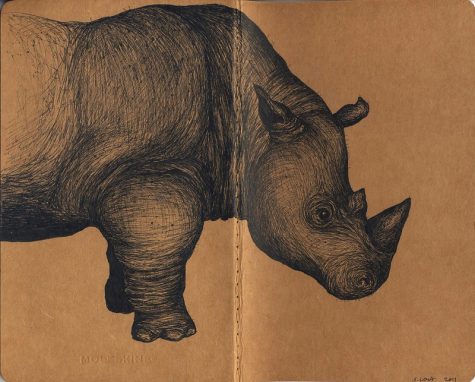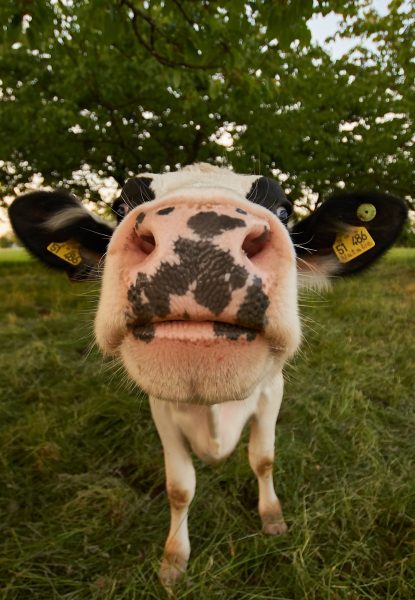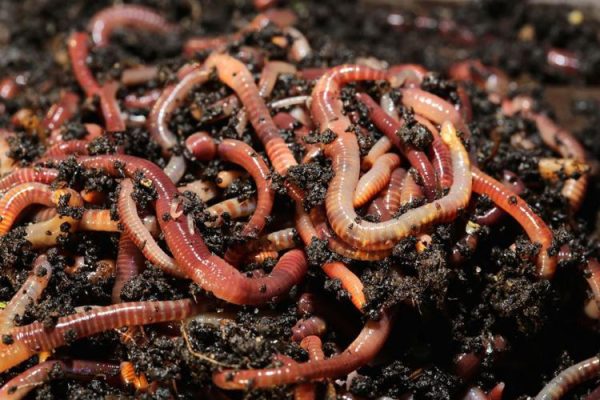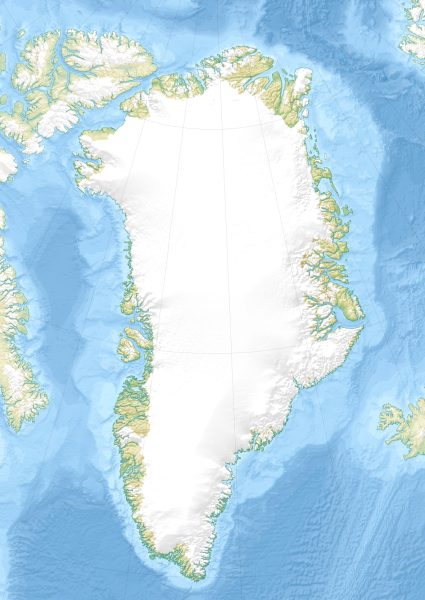Fibonacci Sequence In Nature
Math can be found in your food!
The Fibonacci Sequence, or the Golden Rule, was discovered by a Italian mathematician named Leonard of Pisa in the 1200s. It is a mathematical pattern where you start with zero and one and then you add the sum and the previous number so it would like this: 0+1=1, 1+1=2, 1+2=3, 2+3=5, 5+3=8 and so on. These numbers are commonly found within nature such as pine cones, flower petals, starfish, and even waves. They all have the Fibonnaci spiral in them. The Fibonacci spiral is when you take the Fibonacci numbers in the sequence and graph them using rectangles and if you draw a line through them, it creates the Fibonacci spiral. If you were to count the the petals on a flower it would be a Fibonacci number, the same with the spirals on a pineapple, or a pinecone, or a sunflower. It even expands to the way galaxies are shaped and a waves crash and curve. If you want to fine some Fibonacci sequences in nature, go outside and find a pinecone count the spirals – it will be a Fibonacci number. And so if you’re trying to draw the most mathematically correct drawing of a flower or pinecone use the Fibonacci Sequence to help you.

RELATED STORIES
https://www.livescience.com/37470-fibonacci-sequence.html
https://www.britannica.com/science/Fibonacci-number
https://www.imaginationstationtoledo.org/about/blog/the-fibonacci-sequence
https://www.smithsonianmag.com/science-nature/fibonacci-sequence-stock-market-180974487/
https://science.howstuffworks.com/math-concepts/fibonacci-nature.htm
TAKE ACTION
Go outside and find the Fibonacci Sequence in nature.
